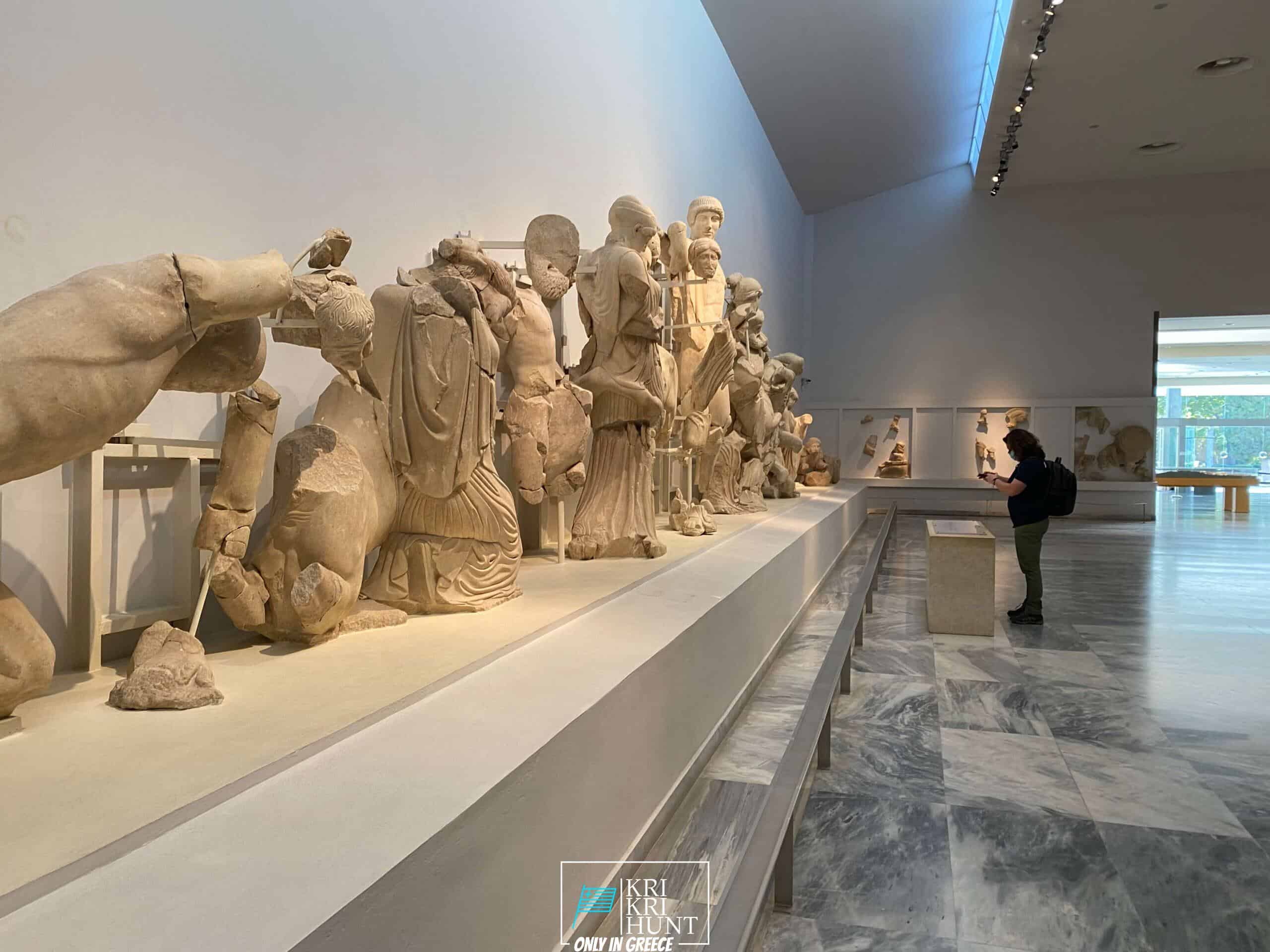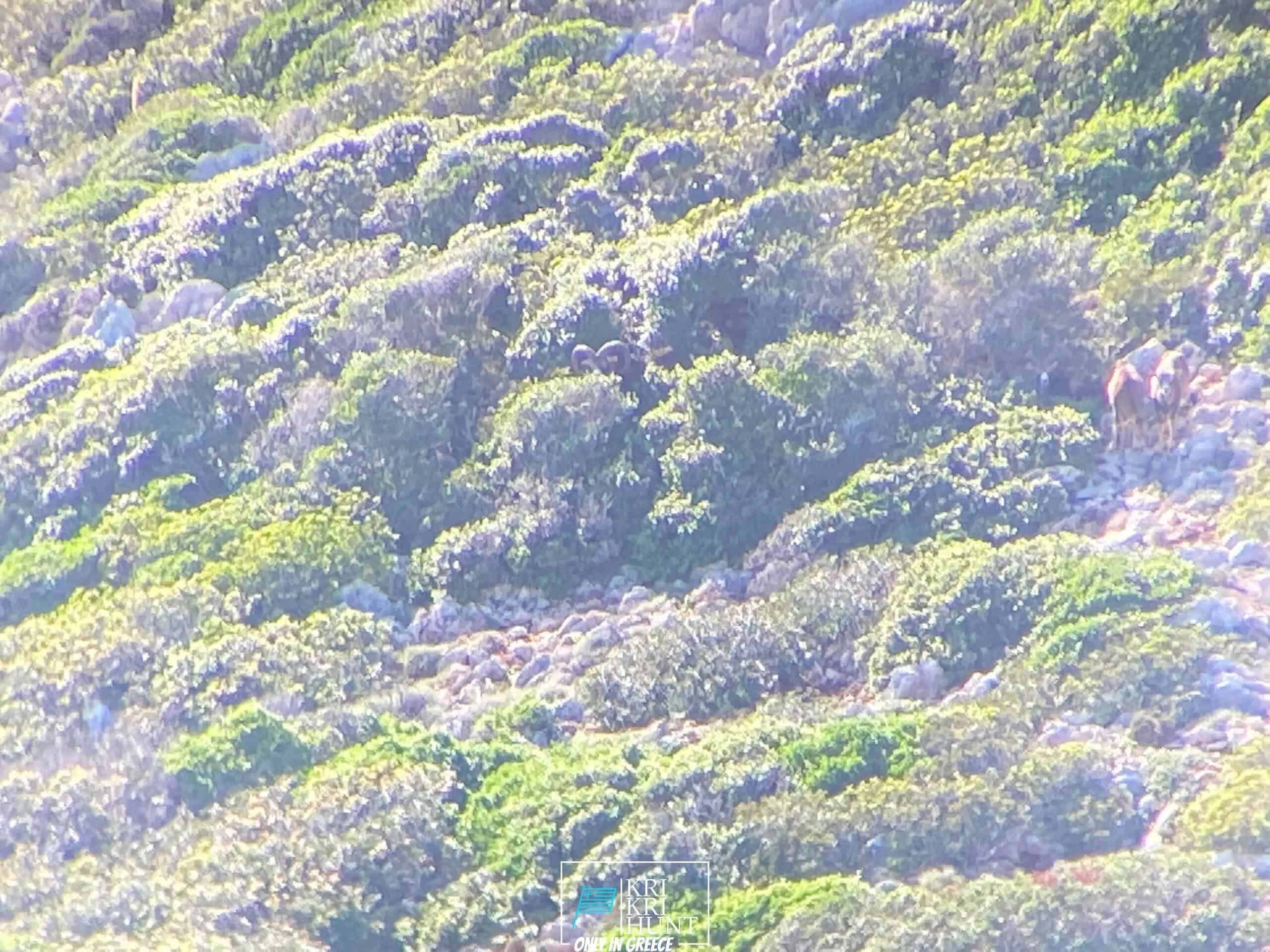
Searching for Kri Kri ibex in Greece is a remarkable getaway experience. It is not always a tough quest or an unpleasant experience for the majority of hunters. You can experience ancient Greece, shipwrecks, and also spearfishing throughout five days searching for lovely Kri Kri ibex on an exotic island. Exists anything else you would certainly like?

Hunting the kri kri ibex in Greece is a difficult task for both worldwide as well as local hunters. Searching large video game in Greece is restricted for worldwide hunters, other than swines as well as roe deer, which may only be pursued in safeguarded hunting areas. The kri kri ibex, a rare goat species belonging to Greece, might be hunted on 2 different islands 140 miles east of Athens as well as 210 miles west of Athens. On these hunts, kri kri ibex and mouflon may only be hunted in the early morning and also very early afternoon, in accordance with Greek regulation. Only shotguns are allowed, and also just slugs might be used. You need to book at least a year in breakthrough if you want to go on one of these trips. The licenses are supplied by the Greek Ministry of Nature as well as Agriculture and also are released by the federal government. Only significant seekers may join these pursues, so the licenses are limited by the government.
What to Expect on a Peloponnese Tour? When you schedule among our hunting and exploring Peloponnese Tours from Methoni, you can anticipate to be surprised by the natural appeal of the area. From the beautiful beaches to the hills and forests, there is something for everyone to appreciate in the Peloponnese. In addition, you will certainly have the chance to taste several of the best food that Greece has to use. Greek cuisine is renowned for being fresh as well as scrumptious, and you will certainly not be disappointed. One of the best components about our trips is that they are developed to be both fun as well as academic. You will learn more about Greek background and society while additionally getting to experience it firsthand. This is an amazing possibility to submerse on your own in everything that Greece has to supply.
There is truly something for everyone in the Peloponnese peninsula. Whether you are interested in background and also society or nature as well as exterior tasks, this is a suitable destination for your next vacation. If you are short on time, our searching as well as touring Peloponnese Tours from Methoni is a wonderful method to see whatever this breathtaking location has to offer.And finally, your Kri Kri ibex trophy is waiting for you.
What is the diference between Kri Kri ibex, Bezoar ibex and hybrid ibex
The kri-kri is not thought to be indigenous to Crete, most likely having been imported to the island during the time of the Minoan civilization. Nevertheless, it is found nowhere else and is therefore endemic to Crete. It was common throughout the Aegean but the peaks of the 8,000 ft (2,400 m) White Mountains of Western Crete are their last strongholds–particularly a series of almost vertical 3,000 ft (900 m) cliffs called ‘the Untrodden’—at the head of the Samaria Gorge. This mountain range, which hosts another 14 endemic animal species, is protected as a UNESCO Biosphere Reserve. In total, their range extends to the White Mountains, the Samaria National Forest and the islets of Dia, Thodorou, and Agii Pandes.
This Ibex is NOT a diminutive form of the Bezoar Ibex, which has migrated into the western-most reach of the range of this species. The kri – kri (Capra aegagrus cretica), sometimes called the Cretan goat, Agrimi, or Cretan Ibex, is a feral goat inhabiting the Eastern Mediterranean, previously considered a subspecies of wild goat. The kri-kri has a light brownish coat with a darker band around its neck. It has two horns that sweep back from the head. In the wild they are shy and avoid tourists, resting during the day. The animal can leap some distance or climb seemingly sheer cliffs.
“The agrimi goat Capra aegagrus cretica is unique to Crete and its offshore islands. It has been identi®ed as a sub-species of the wild bezoar goat Capra aegagrus aegagrus Erxleben, 1777, which it closely resembles in horn shape, body form and coloration. This classi®cation has been disputed by some researchers who claim that the agrimi are feral goats, derived from early domestic stock brought to the island by the ®rst Neolithic settlers. In order to clarify this issue, DNA analyses (cytochrome b and D loop sequences) were carried out on tissue of live and skeletonized agrimi and compared to sequences of wild and domestic caprines. Results conclusively show the agrimi to be a feral animal, that clades with domestic goats (Capra hircus) rather than with wild Asiatic bezoar. This study demonstrates that morphometric criteria do not necessarily re¯ect genetic af®nities, and that the taxonomic classi®cation of agrimi should be revised.”